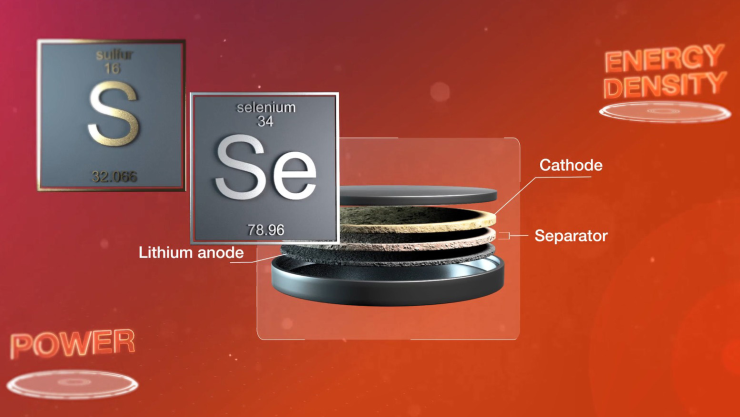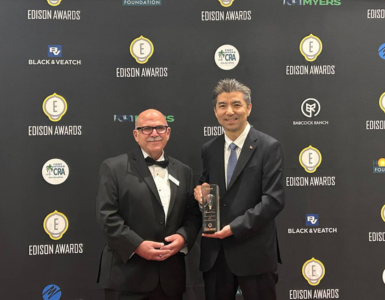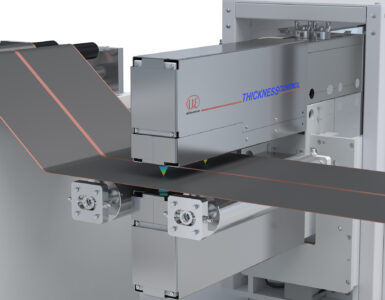Solid-state NASA battery beats the Model Y 4680 pack at energy density by stacking all cells in one case.
NASA has achieved a breakthrough in its solid-state battery research aimed at electricity-powered transportation. NASA’s solid-state battery stacks all of its cells in one casing, reducing weight and increasing the energy density twice compared to that of Li-ion batteries in the typical electric car.
NASA’s Solid-state Architecture Batteries for Enhanced Rechargeability and Safety (SABERS) project has reached a research milestone, announced the agency. After a few years of experiments and university partnerships, NASA’s solid-state battery has hit the whopping 500 Wh/kg energy density, double that of the typical electric car, allowing it to propel electric planes even.
In fact, NASA has been doing the solid-state battery research precisely as part of its Convergent Aeronautics Solutions project for sustainable aviation. In the process, NASA managed to discover a novel packing method for solid-state cells that reduces the battery weight by 30-40% and doubles its energy density compared to the current liquid Li-ion batteries in most electric cars.
🔥 What about we co-host a webinar? Let's educate, captivate, and convert the battery economy!
Batteries News is the global go-to online magazine for the battery industry, we can help you host impactful webinars that become a global reference on your topic and are an evergreen source of leads. Click here to request more details
For comparison, Tesla’s 4680 batteries in the Model Y boast sub-300 Wh/kg energy density, while CATL’s upcoming M3P phosphate packs for the standard range Model Y are rated at 160 Wh/kg.
SABERS’s battery eschews individual packaging and stacks all solid-state cells on top of one another within one single case. Not only is this design much lighter and energy-dense than current EV batteries, but it also exhibits the inherent endurance of solid-state packs.
NASA’s tests of the new solid-state battery found that it can withstand temperatures twice higher than what current Li-ion batteries in electric vehicles are able to endure before bursting into flames.
This makes it suitable for use on planes and the NASA team is testing its solid-state battery for continued performance at even higher pressures and temperatures. Improved battery safety is a very important advantage of the solid-state technology as the recent Hurricane Ian devastation demonstrated.
After all, putting out Teslas which caught on fire during the floods, and whose flaming battery packs couldn’t be easily extinguished, turned out to be a major new headache for the disaster recovery crews.
READ the latest Batteries News shaping the battery market
Solid-state NASA battery beats the Model Y’s 4680 pack at energy density by stacking all cells in one case, October 8, 2022







